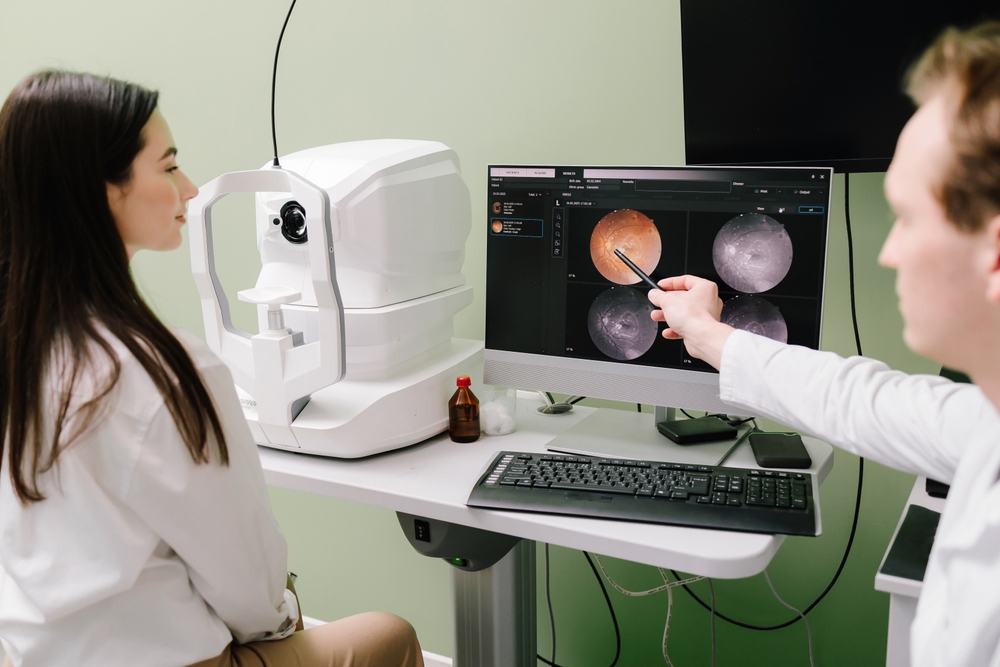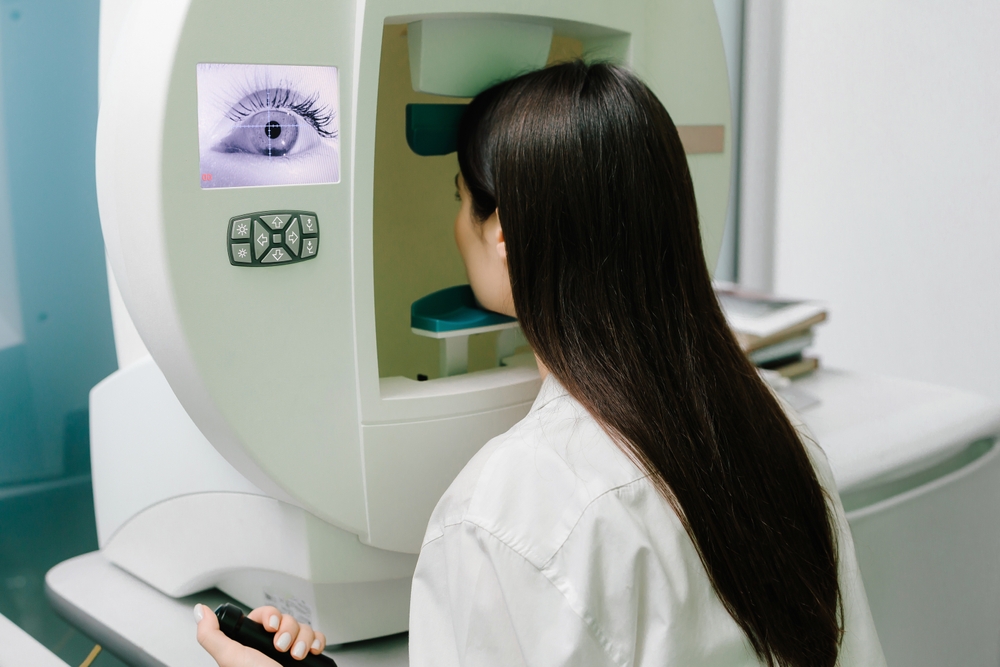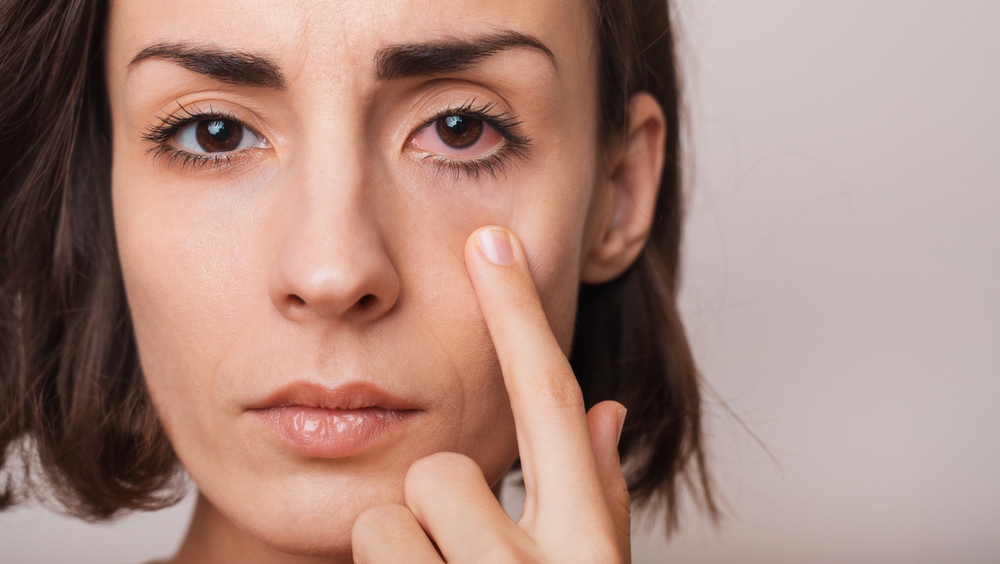Texas State Optical Blog
Learn more about optometrist care in our blog!

Macular degeneration is one of the leading causes of vision loss in older adults, and while age is the biggest known risk factor, genetics also play a significant part. Understanding the hereditary link behind macular degeneration can help you take proactive steps to protect your sight.

Glaucoma is often called the “silent thief of sight” because it can develop slowly and without noticeable symptoms in its early stages. By the time vision loss becomes apparent, significant damage may have already occurred.

Your eyes are one of the most important indicators of your overall health. While many people only schedule an eye exam when they notice changes in their vision, the truth is that serious eye diseases often develop silently without symptoms in the early stages. Annual comprehensive eye exams give your optometrist the chance to catch problems early, before they cause permanent vision loss or other health issues.

Age-related macular degeneration (AMD) is one of the leading causes of vision loss in adults over 50, gradually damaging the macula. While there is currently no cure for AMD, research shows that certain vitamins and supplements can slow its progression, especially in intermediate and advanced stages of the disease.

As we age, changes in our vision are almost inevitable. Many adults start to notice that reading small print or focusing on objects up close becomes more challenging, especially after the age of 40. Understanding the difference between normal age-related vision changes and presbyopia is key to getting the right care and maintaining your quality of life.

When it comes to eye health, early detection is key. Many serious eye conditions can begin developing long before you notice any changes in your vision.

Glaucoma is often referred to as the “silent thief of sight” because it can gradually damage the optic nerve without causing noticeable symptoms until vision loss has already occurred. While anyone can develop glaucoma, certain individuals are at higher risk, especially those with a family history of the disease. Understanding your genetic risk factors and prioritizing regular eye exams can help protect your vision before it’s too late.

Macular degeneration is a progressive eye condition that can significantly impact your daily life. As one of the leading causes of vision loss in adults over 50, macular degeneration affects the macula, the part of the retina responsible for central vision. This can make everyday activities more difficult, from reading and driving to recognizing faces and using digital devices. Understanding how macular degeneration alters your routine is essential for maintaining independence and quality of life.

Living in Santa Fe, Texas, means we get to enjoy those long sunny days and warm breezes—but if you’ve ever experienced dry, gritty, or irritated eyes, you know how our weather can sometimes do more harm than good to your eye comfort. Whether it's dusty air, long hours staring at screens, or allergies that hit hard in the Gulf Coast region, dry eye is a common complaint.

Dry eye syndrome is a common yet frustrating condition that affects millions of people. It can cause symptoms such as redness, irritation, blurred vision, and a gritty sensation in the eyes. While occasional dryness can be relieved with artificial tears, chronic dry eye requires a deeper look into the underlying causes and long-term solutions.










